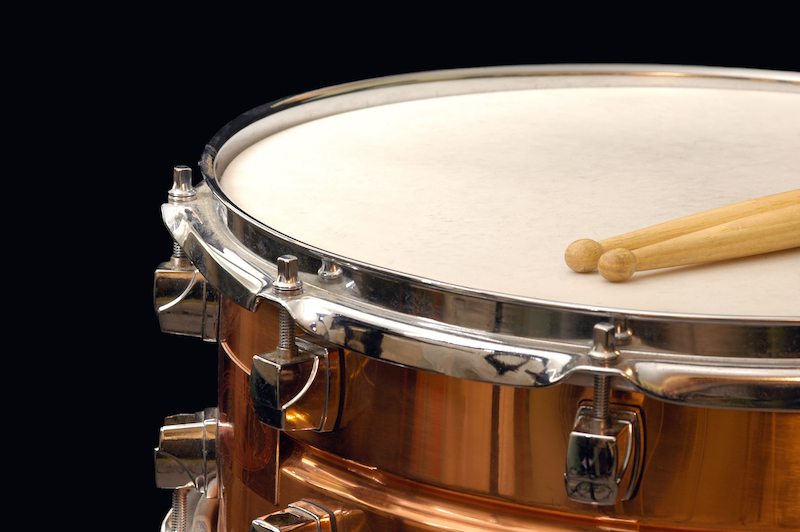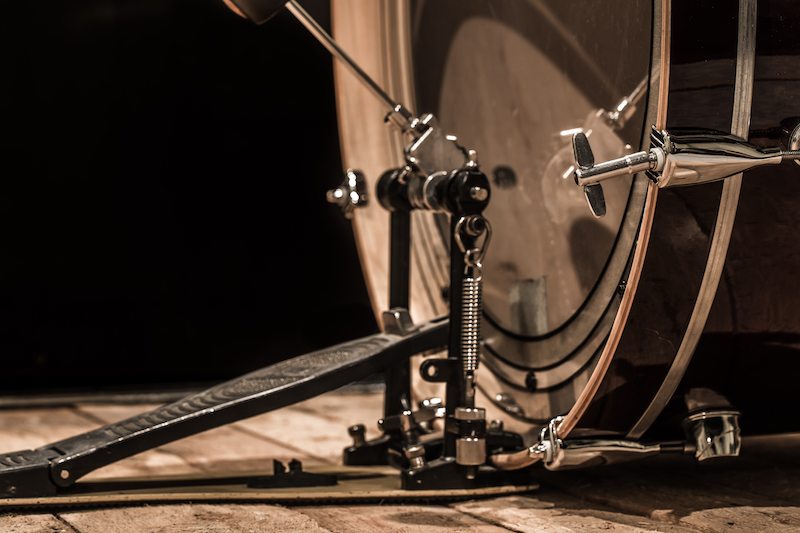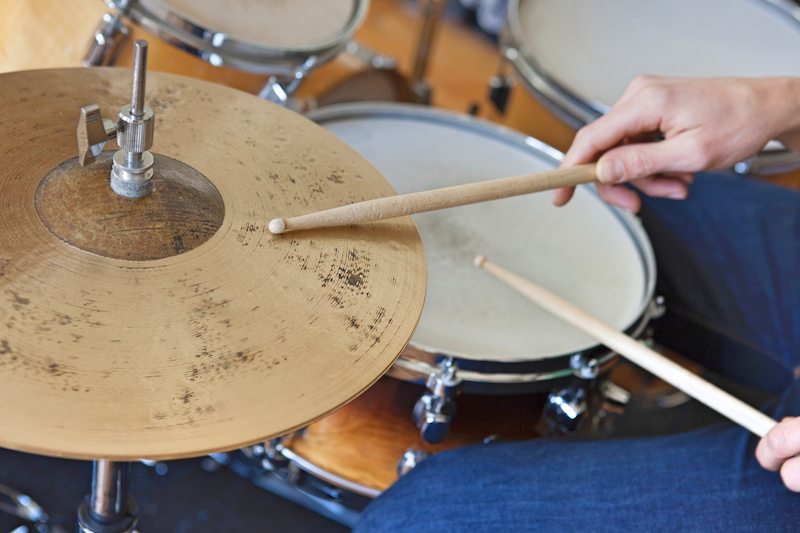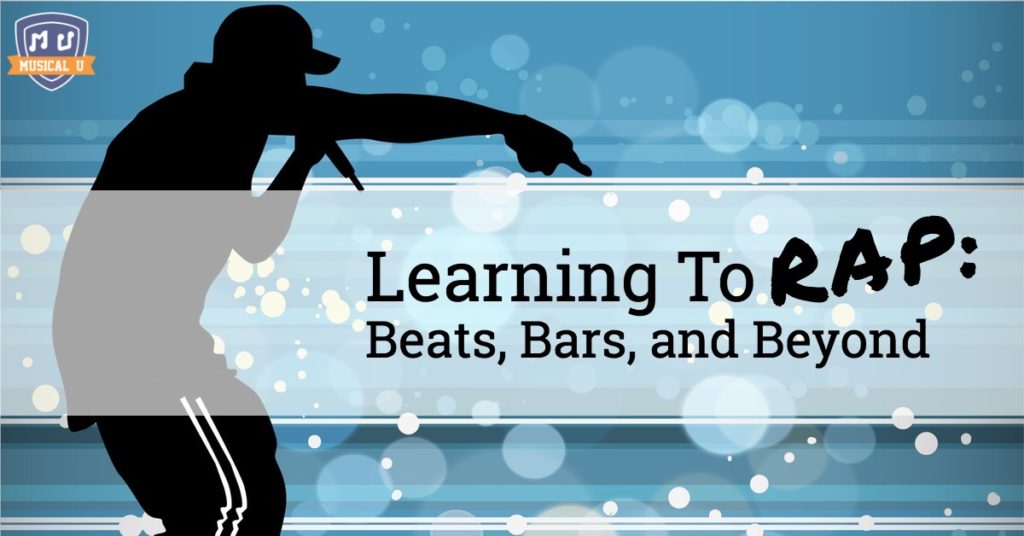It’s been said that a house is only as good as its foundation. Regardless of what you’re trying to build in life – be it relationships, businesses, or rhythm – just remember that it’s all about the foundation.
This is especially important in music; your foundational knowledge will serve as the base on which you build all your other musical skills!
If you’ve embarked on a journey to become a skilled rapper, the first thing you must do is learn how to count beats; this is your foundation for rapping and without it, everything else you try to build rhythmically will crumble.
So, What’s A Beat?
Let’s first establish what beats are. These are not the instrumentals you’re rapping over, a ridiculously overpriced pair of headphones, or those nasty things you avoid like the plague at the produce market. Think of beats as the heartbeat or the pulse of the music.
Just as your heart rate is determined by how many times your heart beats per minute, a song’s tempo is determined by how many beats there are per minute.
Most of the rap music you listen to is constructed in what’s known as 4/4 time, which simply means there are four beats per bar (also known as a measure). Just imagine for a moment a rectangle divided into four even sections; in music, the measure or bar is the rectangle and the beats are the four even sections.

What’s a measure? Just as its name implies, it’s how we measure music so that we can easily communicate the length of music to people we’re collaborating with. For example, instead of asking for a featured artist’s verse to be… oh, I don’t know, 45 seconds, you would simply ask them to write a 16-bar verse instead. This is a much easier and more accurate way to “measure” music, so donate your stopwatch to your local swim team so that it can be put to good use.
Training Your Ear to Recognize Beats
Now that I’ve laid down the foundation for this lesson I’m building, here’s a practical way that you can start training your ears to hear the four beats within each measure:
Snare
If you don’t know what a snare drum is, it’s that instrument responsible for the loud snap, clap, or smack/whip sound. It’s short and sharp, producing a bright sound. In rap music, it’s common for the snare to land on the 2nd and 4th beats. So if you can identify just the snares alone, you are already halfway to hearing the 4-count:

Kick
Kick drums typically land on the 1st and 3rd beats. The kick drums are more of a bass instrument, and can be difficult to hear unless you’re listening on a system that has larger speakers. They have that boom/punch sound to them, as if they’re hitting you in the chest. The smaller the speaker, the less bass you are likely going to hear:

Putting it together
With that being said, I recommend focusing on the snares first. Try to move your hand or head back and forth at an even speed so that the forward position is landing directly on the two snares:
If you did this properly, then it’s time I come clean about something. I just tricked you into doing the 4-count. You see, when you were moving your body at an even speed, not only was your forward position landing on the 2nd and 4th beats, but your backwards position was landing on the 1st and 3rd beats. Pretty cool, huh?
High-Hat
Once you feel comfortable doing this, try to double the speed of your body movement so that your forward position is landing on all four beats. Personally, I find this speed of body movement to be the most comfortable and natural for me.
Now pick out the kick and snare in this track, and practice your 4-count:
Did you have a hard time hearing the snare? There’s another similar sound called the high-hat, which here is playing on every beat.

Listen again, carefully, focusing on beats 2 and 4 and you’ll hear the snare more clearly.
Natural Rhythm
”Beats are your foundation for rapping and without them, everything else you try to build rhythmically will crumble.”
After you’ve practiced this for a while, it will become something you just naturally do. Essentially, your body is synchronizing to the beat of the music and once this happens, you will no longer have to rely on the drums as training wheels. This is important because drums won’t always be there for you and will drop out from time to time, kind of like old high school friends.
The next time you watch a rapper or any artist perform live, see if you can pick up on what kind of body movements they’re using to stay on beat.
If you would like to see me demonstrate this ear training technique make sure you check out this video tutorial I created over on my website, where the rest of my rapping tips and tricks reside:
A good understanding of beats, measures, and the 4-count is the foundation for any aspiring rapper. With practice, you will be able to recognize beats and intuitively understand which drums land on which beats, and eventually, you’ll be able to stay on beat effortlessly and rap freely, barely relying on the drums at all!








